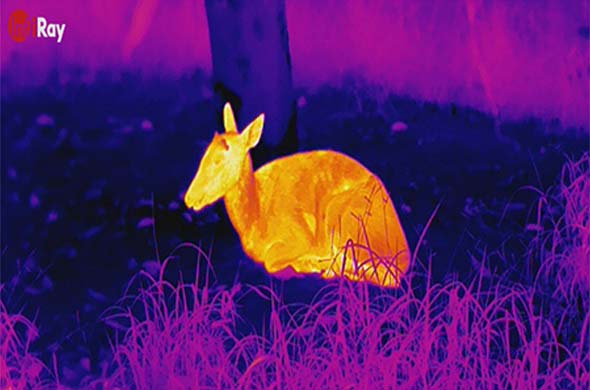5 Key Pros of Thermal Camera in Wilderness Search and Rescue
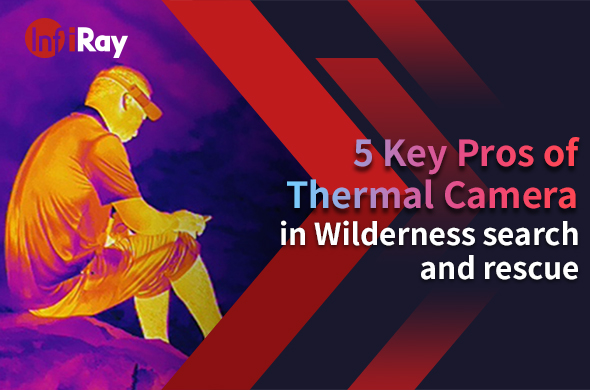
In the vast expanse of wilderness, where the unpredictable happens, the role of technology in search and rescue operations cannot be overstated. Among the technological advancements, thermal cameras have emerged as a beacon of hope, revolutionizing the way search and rescue missions are conducted. These devices have now become invaluable tools in saving lives in the wilderness. This blog explores the five key advantages of using thermal cameras in wilderness search and rescue operations.
Overview of Thermal Cameras
Thermal cameras, also known as infrared cameras, detect heat emitted by objects and create a picture or thermal image based on that information. This technology has evolved significantly over the years, becoming more accessible and user-friendly. Unlike traditional cameras, which rely on visible light, thermal cameras can see through smoke, fog, and even dense foliage, making them perfect for wilderness search and rescue operations.
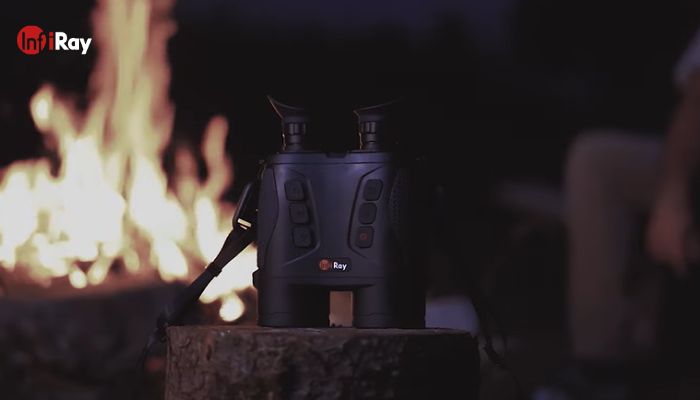
Key Pros of Thermal Cameras in Wilderness Search and Rescue
Enhanced Visibility in Various Conditions
One of the most significant advantages of thermal cameras is their ability to provide clear visibility in conditions that would normally hinder search efforts. Whether it’s smoke from a forest fire, dense fog in the early hours, or thick underbrush, thermal cameras can see through these obstacles. This capability is crucial in wilderness search and rescue, where every second counts, and visibility can mean the difference between life and death.
24/7 Operation Capabilities
The wilderness does not sleep, and neither do thermal cameras. Their ability to operate effectively both during the day and at night makes them indispensable tools. Nighttime, when temperatures drop, is often the most critical time for finding lost individuals. Thermal cameras can detect the heat signatures of humans against a cooler background, making night searches more efficient and increasing the chances of a successful rescue.
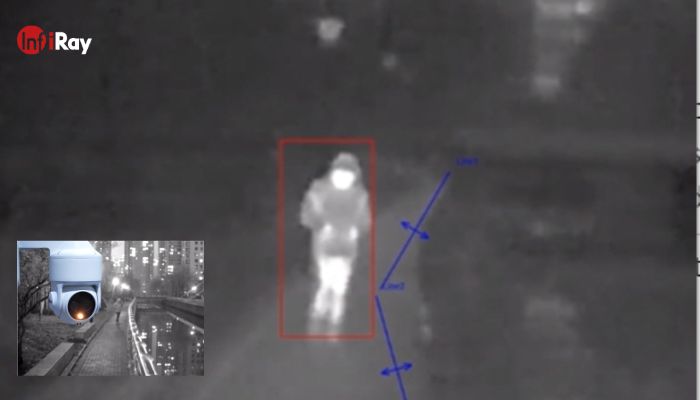
Increased Speed and Efficiency of Searches
Time is of the essence in search and rescue operations. Thermal cameras can cover large areas quickly, significantly reducing the time it takes to find a missing person. This speed and efficiency can be the difference between a successful rescue and a tragic outcome. By allowing search teams to scan vast expanses of wilderness from the air or ground, thermal cameras ensure that no stone is left unturned.
Improved Safety for Rescue Teams
The safety of rescue teams is paramount. Thermal cameras help identify potential hazards in the wilderness, such as cliff edges, bodies of water, or unstable ground, even in low visibility conditions. This not only protects the teams but also ensures that they can navigate the terrain more effectively to reach those in need.
Non-Invasive Wildlife Monitoring
An often-overlooked advantage of thermal cameras is their ability to conduct searches without disturbing wildlife. In sensitive ecological areas, minimizing human impact is crucial. Thermal cameras allow search and rescue operations to proceed with minimal disruption to the natural habitat, ensuring that the wilderness remains as untouched as possible.
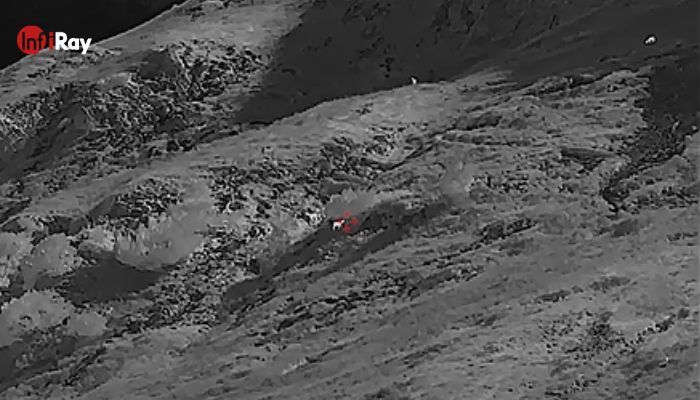
The integration of thermal cameras into wilderness search and rescue operations has been a game-changer. Their ability to enhance visibility, operate around the clock, increase the speed and efficiency of searches, improve team safety, and minimize wildlife disturbance underscores their value in saving lives. As technology continues to evolve, the potential for thermal cameras in search and rescue missions will only grow, offering hope in the face of adversity.
The adoption of thermal cameras by search and rescue teams is not just an investment in technology; it’s an investment in humanity. By harnessing the power of thermal imaging, we can ensure that when the wilderness calls, we’re ready to answer.







